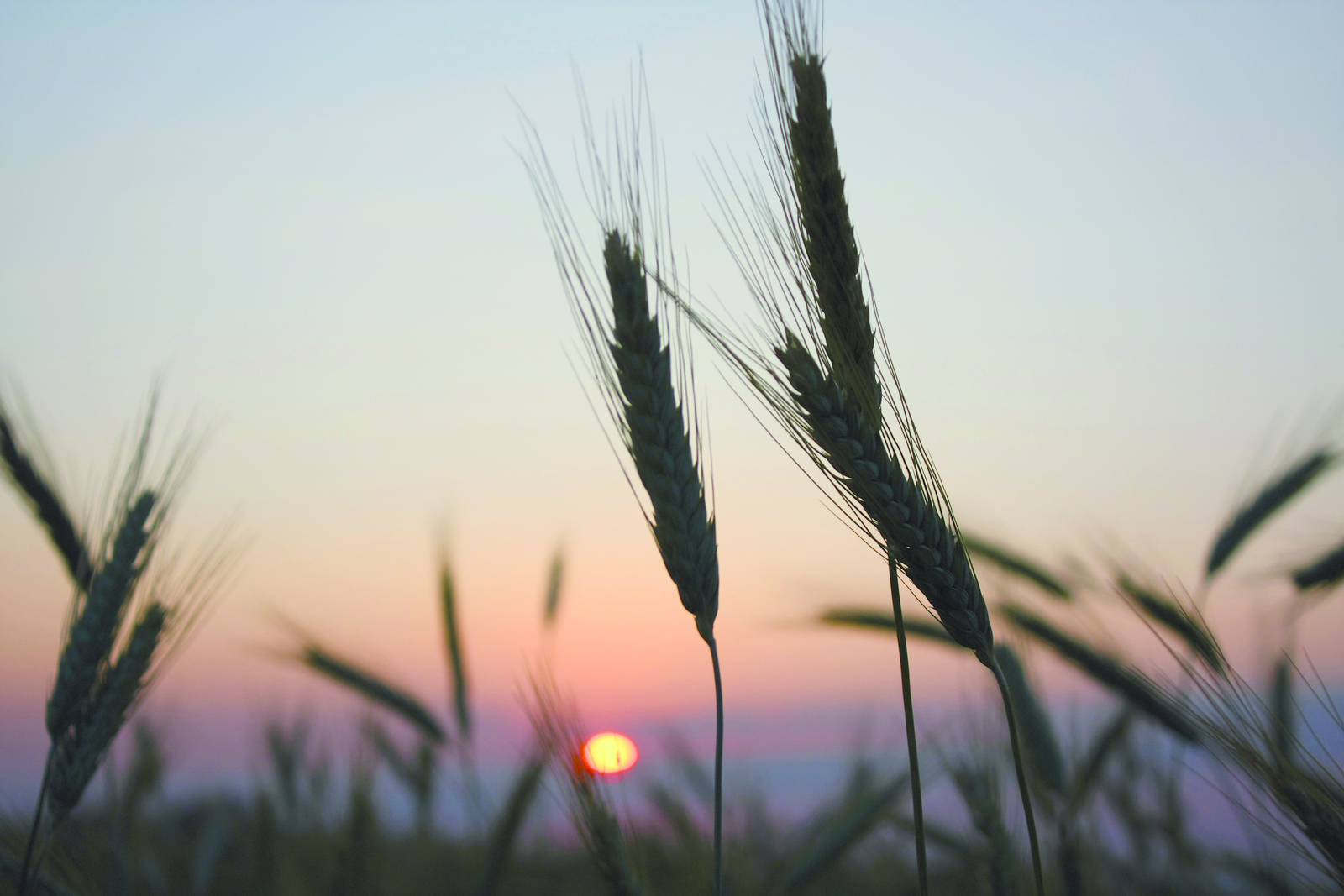Screening for multiple mycotoxins simultaneously

Compliance with internationally acceptable limits for mycotoxins (TDI) can be challenging for the food and feed industry. The ability to test multiple mycotoxins in one go is therefore a good way to be efficient and economic when it comes to screening mycotoxins.
The consumption of mycotoxins can adversely affect the health of humans and animals to a significant degree. These effects from mycotoxin ingestion have consequently influenced international food standards, which recommend that food producers screen for mycotoxins. To protect consumers, a tolerable daily intake (TDI) has been established which estimates the quantity of mycotoxins that someone can be exposed to daily over a lifetime without it posing a significant risk to health. Globally, however, the requirement for mycotoxin screening varies. Complying with internationally acceptable limits for mycotoxins (TDI) can be a challenge for the food industry, requiring good plant protection, adequate storage and good manufacturing practices in order to keep levels below the limits. Currently, aflatoxin B1 is the only mycotoxin for which maximum permitted levels (MPLs) have been set under Directive 2003/100/EC. Given the nature of the illnesses this toxin can cause in humans and animals, the Directive has set its MPL as low as rationally attainable. For example, all feed materials have an MPL set at 0.02ppm. Although this is the only mycotoxin with a legal MPL, other mycotoxins have been given recommended MPLs as a guidance for producers and regulators. These include Deoxynivalenol, Zearalenone, Ochratoxin A, Fumonisin B1 and B2 under Commission Recommendation 2006/576/EC.
Current assesment methods
Currently chromatographic, LC-MS, HP-LC and immunoassay based techniques are used for the detection of these toxins. But confirmation methods can be expensive and time-consuming. Randox Food has developed an alternative method to assess the occurrence of multiple mycotoxins simultaneously. Biochip Array Technology (BAT) provides a platform for the simultaneous determination of multiple drug residues from a single sample using miniaturised immunoassays with implications in the reduction of sample/reagent consumption and an increase in the output of test results. The core of the system is the biochip (9mm x 9mm) and it represents the platform on which the captured molecules are immobilised and stabilised in pre-defined x,y coordinates defining arrays of discrete test regions (DTRS) on a pre-activated surface. Up to 25 tests can be carried out per biochip.
The biochip is also the vessel where simultaneous chemiluminescent immunoreactions take place. The biochips are supplied in carriers containing 3 x 3 biochips, which is equivalent to nine reaction wells per carrier, to which samples and re-agents are added. A carrier handling tray is provided with the system, which allows the simultaneous handling of six carriers (54 biochips). The kinetics of the immunoassays are controlled by incubating the biochip carriers in a customised thermoshaker unit provided with the system. After completion of the immunoreactions, a signal reagent is added for the detection of chemiluminescence produced at the different DTRs on the surface of each biochip. The addition of sample, re-agents and washing steps are carried out manually, whereas the detection and processing of test results are automated operations performed by the biochip analyser Evidence Investigator.
Evidence Investigator analyser
The biochip carrier is inserted in the light-tight compartment in the image station of the semi-automated bench-top analyser, Evidence Investigator. The chemiluminescent signal from each DTR on the surface of the nine biochips contained in a carrier is simultaneously detected and recorded using a Charge-Coupled Device (CCD) camera. Image processing, quantification and validation are carried out by instrument-specific software. Randox Food is a regular participant of the FAPASR proficiency testing scheme; with over 2,000 participants in over 100 countries. The participants’ data are analysed statistically, providing assigned values to the test sample and individual z-scores for the sample result submitted from each participant (in normal circumstances about 95% of z-scores will lie in the range -2 ≤ z ≤ 2 over time). Test material from the scheme was assessed by Randox Food using the Mycotoxin Array with data produced for Aflatoxin BI (AFBI), Deoxynivalenol (DON), Ochratoxin A (OTA) Zearalenone (ZON) and total T-2 and HT-2. The mycotoxin biochip assay results lie comfortably within the optimal range, when compared with other testing methods (Table 1).

Testing multiple mycotoxins simultaneously
MycoFlex is the latest innovation from Randox in mycotoxin screening. It screens the world’s most prevalent mycotoxins in order to comply with global regulations. The user can choose to screen from 2 to 10 toxins offering a customised resolution for individual laboratory requirements. The benefit of this Biochip Array Technology testing is that it is quick (results in under two hours). Studies show that there are no false negatives and less than 5% false positives. And only positive samples require confirmatory testing, saving laboratories money. Table 2 lists the Randox Food mycotoxin screening solutions.












